Cheesecloth is a lightweight piece of cloth that is a very helpful kitchen tool for straining homemade cheeses and bundling herbs! If you don’t have any cheesecloth on hand, you can still give a new recipe a try with one of these helpful substitutes.
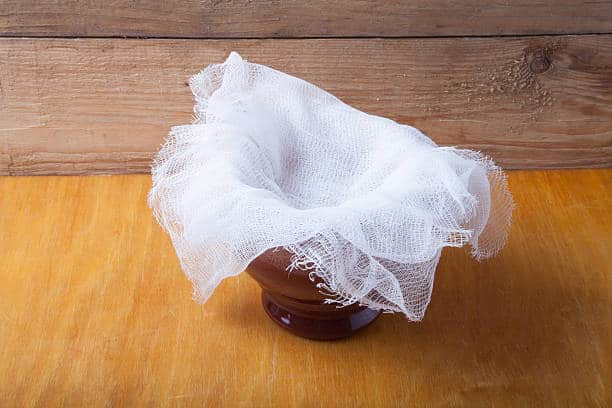
Cheesecloth is a very underrated kitchen essential. Most people purchase their first cheesecloth if they ever decide to attempt making homemade cheese (like this oh-so-creamy ricotta), but it’s very useful for other things as well.
The loosely-woven cotton is perfect for straining or sifting any chunks while allowing liquid or powder to pass through.
You can use cheesecloth to help separate cheese curds from the whey, strain homemade nut milk, bone broth, tofu, or even cold brew. You can also use cheesecloth to lightly dust powdered sugar onto your favorite treat.
Cheesecloth is also used to bundle spices and herbs into a bouquet garni. This bundle is added to a soup or broth to keep leaves and stems out of the soup while allowing all the flavor to flow.
Because cheesecloth is made from very low-lint cotton, it can also be a very useful cleaning rag, especially for windows.
Cheesecloth is made of cotton that is loosely woven. You can actually find several different weave grades on the market based on the number of threads in the weave for various uses. If you accidentally purchase a weave that is too loose, cheesecloth is incredibly versatile. You can simply fold it into additional layers to strain to your liking.
While cheesecloth is incredibly useful, it’s not something everyone has or even needs. After all, cheesecloth is essentially just a piece of fabric that is used for straining. There are plenty of alternatives you can use instead.
Things to Consider
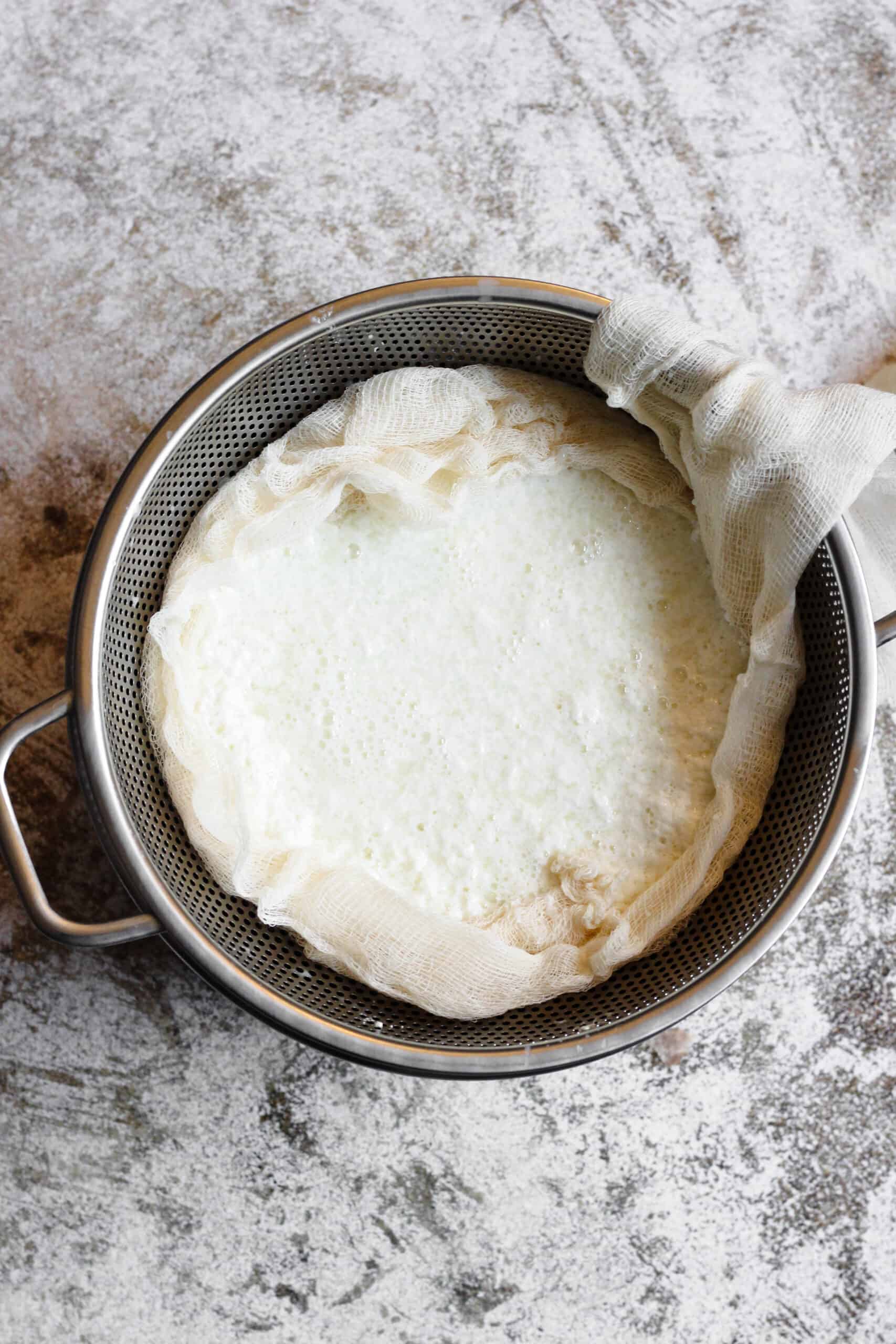
Cheesecloth has been produced specifically for cooking purposes while many substitutes have not been. If you’re looking for a substitute in your home there are a few things you should keep in mind.
You want to make sure, first of all, that the item you select is clean and non-toxic. This may sound obvious but many of the substitutes I’m about to mention are cloth items you might be tempted to pull straight from your laundry basket.
Before you do that, think long and hard about the detergent or even bleach that has been used on that fabric. It might be worth giving it an extra-good rinse to avoid any chemicals coming into contact with your food.
You also want to make sure whatever substitute you use has not come into contact with any allergens. Even dyes in the fabric may cause problems for some people.
A good cheesecloth substitute is also very lightweight. You want something that can separate any liquid (not absorb it) while also keeping any particles trapped.
One of the biggest complaints about cheesecloth is that it is not very durable. A loose cheesecloth cannot be washed and reused as it may just fall apart.
You may be able to carefully wash a cheesecloth and allow it to air dry, but if you are searching for a substitute it’s a good idea to search for something that is a bit more sustainable.
1. Muslin Fabric
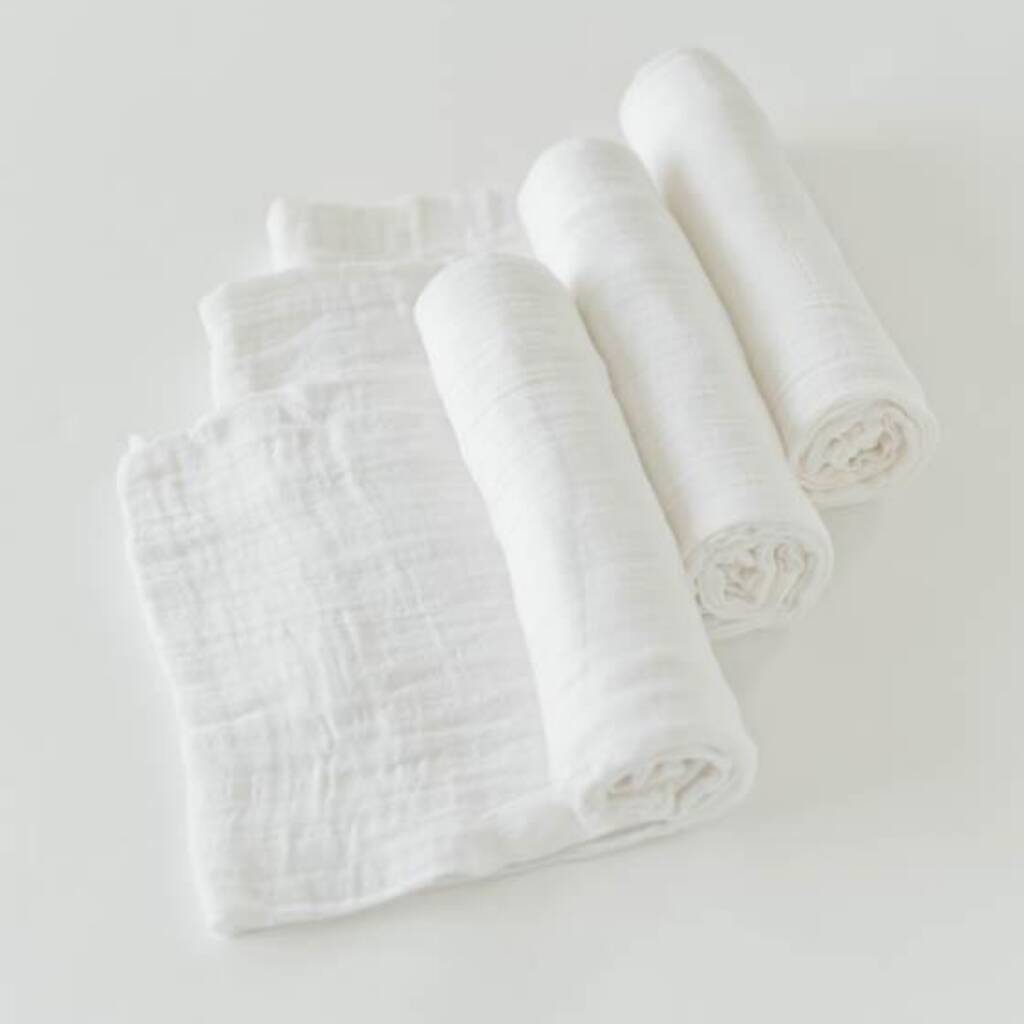
One of the best substitutes for cheesecloth is muslin cloth. This fabric is known for being thin and soft and getting softer and thinner with each wash. It’s so light and airy it has become a very popular choice for baby swaddling blankets.
What is great about muslin is it is thin and loosely wound so it easily lets liquid get through, but it is still not completely see-through. It can be washed and reused and will become closer and closer to cheesecloth with each wash.
If you are hoping to use muslin, choose one that is organic and unbleached, and steer clear of any bright colors or dyed patterns.
2. Medical Gauze
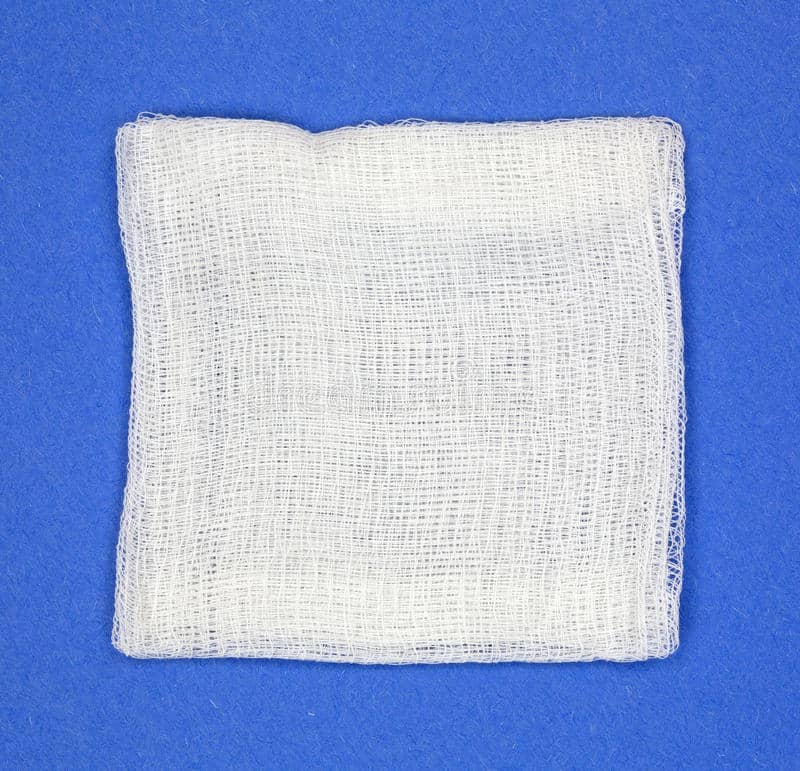
Medical gauze is very similar to cheesecloth and makes a great cheesecloth alternative. It has a very loose weave to it and is packaged and sterile in most emergency first aid kits.
If you decide to use medical gauze you will probably need to lay it out in layers. It tends to be a bit thinner than cheesecloth with a looser weave, so you will need a few layers to compensate for that thinness.
If you decide to try using medical gauze, keep in mind that it is not durable enough to reuse. You also want to make sure to replace it quickly so you are not stuck in a bind during an emergency!
3. Sieve
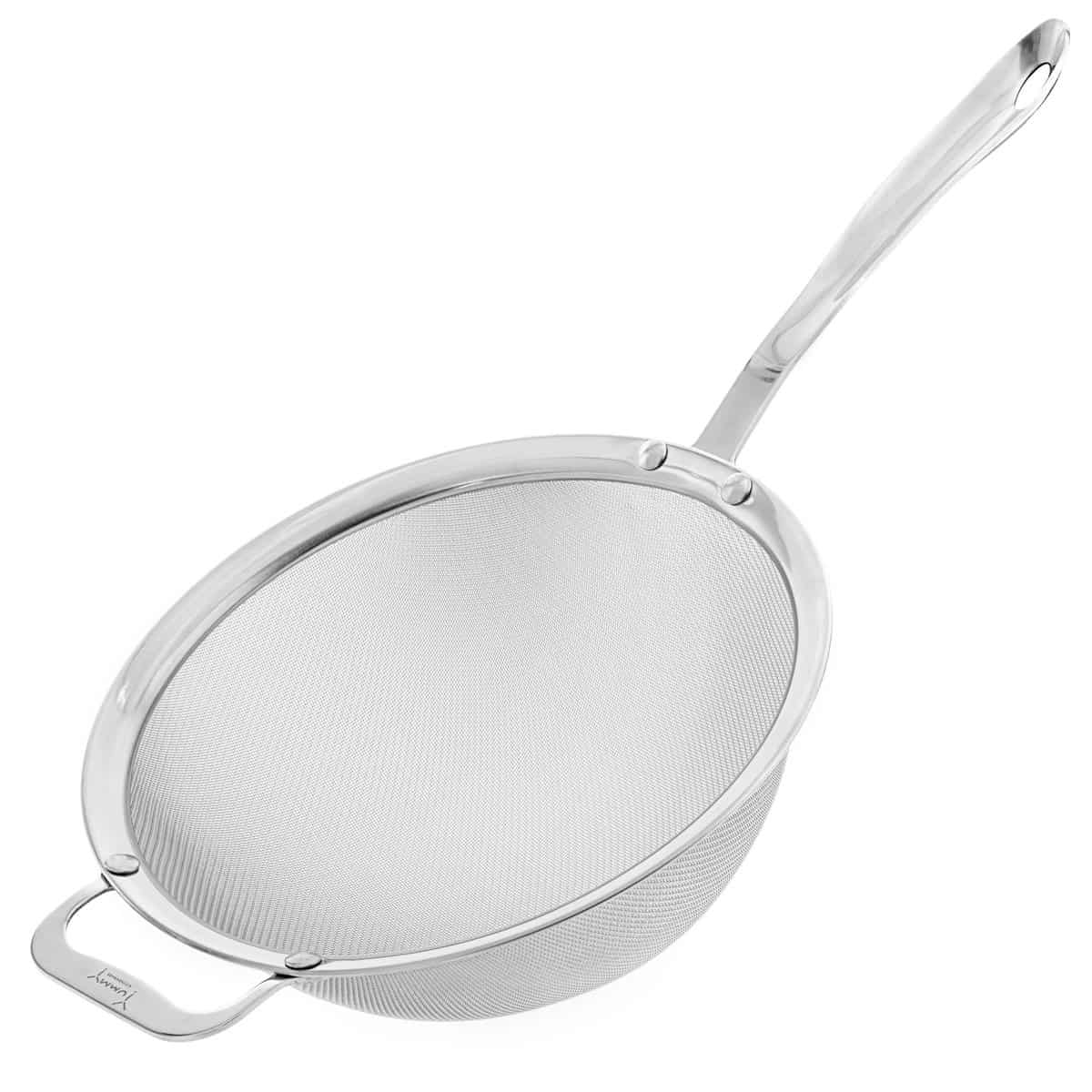
There are many different metal sieves or mesh strainers on the market, with varying sizes of holes and straining capabilities. You want to find a very fine wire sieve to ensure that it allows no solids to get through. A sieve with a very loose weave of wires like a colander will not work as well.
A sieve is nice because most are bowl-shaped and have secure construction that makes pouring into it easy. The trouble with a sieve is it may not strain out as much as you need it to for some recipes.
4. Cotton Handkerchief
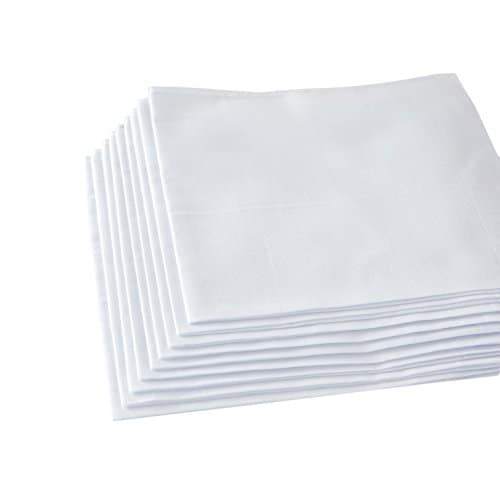
Not many people carry a cotton hanky around for blowing their nose anymore, but you may have one lying around the house for cleaning or you may be able to find one at your local grocery store.
Thin cotton handkerchiefs, cloth napkins, or fabric scraps can be used as a cheesecloth replacement when you are in a pinch. Try to find one that is plain white and, very preferably, not used.
Thicker fabric with an extra-fine weave will take a long time to drain liquid, so choose one that is thin. Cotton hankies are great because they can be washed and used again and again.
5. Cotton T-shirt, Bed Sheet, or Pillowcase
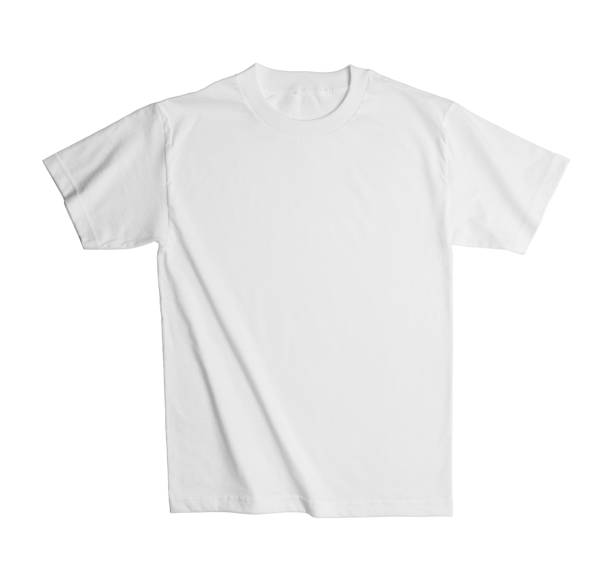
We probably all have a thin, worn-out t-shirt in the back of the closet that doesn’t get worn anymore. The more worn and washed it was in the past, the better cheesecloth it will make. You can also use a worn-out pillowcase or bed sheet. Any cotton cloth or even scrap of fabric will work.
Remember to wash any of these options carefully before using them for your food. Oils and bacteria from your body may tend to linger on sheets and old t-shirts, so an extra wash is always a good idea.
You can stretch the fabric over the top of a bowl and pour whatever needs to be strained over the top. You may need to squeeze the fabric to help release the liquid.
Be aware that any food you are straining may leave stains behind. so once you use this fabric for this purpose you probably won’t be able to wear or use it for anything else anymore.
When you are using it for your cooking, rinse it very well and throw it in the washing machine for a deeper clean. Save it for the next time!
6. Kitchen Towels
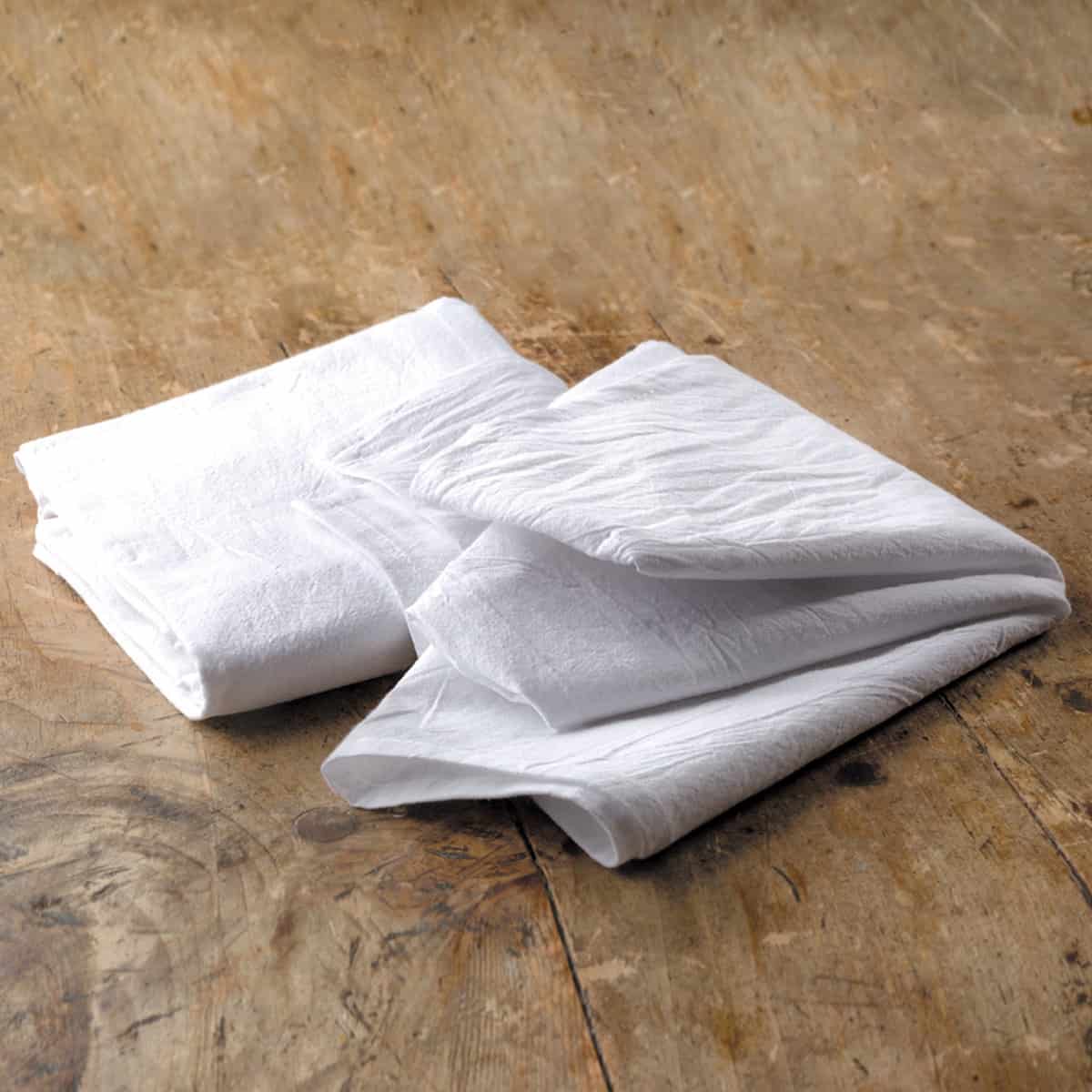
When working in the kitchen you’re sure to find a kitchen towel nearby. Not all towels will make a good substitute for cheesecloth. You don’t want anything too tightly woven or fluffy. These are designed to soak up liquid! Conversely, the goal of cheesecloth is usually to separate liquids and solids.
Tea towels, linen dish towels, or flour sack towels will make a good alternative to a cheesecloth. As always, look for one that is a neutral color to avoid any dyes being transferred to your dish.
7. Panty Hose or Socks
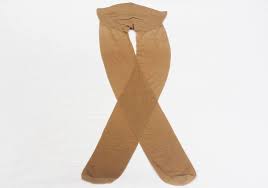
Again for this substitute, make sure you find a sock or pantyhose that is CLEAN and hopefully unused! Once you’ve established that, you can realize the pouch for the toes is perfect for straining small amounts and creating little pouches for herbs.
Socks and pantyhose both have a nice stretch to them and you may be able to stretch them over a bowl or just a large cup.
You can also make a great bouquet garni with a sock. Secure the top and throw it right into the pot of your soup or stew.
If you are considering using a sock, you should choose one that is cotton and thin. Wool socks will not work well for cooking purposes.
Socks and pantyhose can both be cleaned and reused.
8. Thick Paper Towels

Paper towels are easy to find and great for soaking up liquids. They are a great choice for soaking up moisture.
There are some downsides to paper towels, of course. They are very tightly woven which may make straining liquid a very slow process. They are also not incredibly durable so there’s a chance they could fall apart during the process.
If you plan to use paper towels, pour onto them very carefully and try to let gravity do the straining for you. Do not squeeze the paper towels to release liquid as it may cause them to tear.
9. Thin Mesh Bags
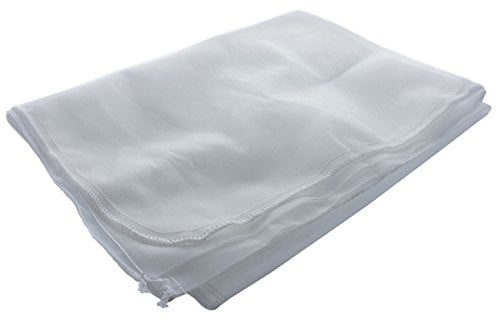
You may have seen small mesh bags used for cleaning delicates in the washing machine, but they can be used for so much more. They are a perfect substitute for cheesecloth when your goal is to make little bundles of herbs.
If you use a fine mesh bag, you do need to ensure that they are made from a mesh that is not plastic-based as these may melt if added to a hot pot. Look for a heat-safe material like cotton.
10. Coffee Filters
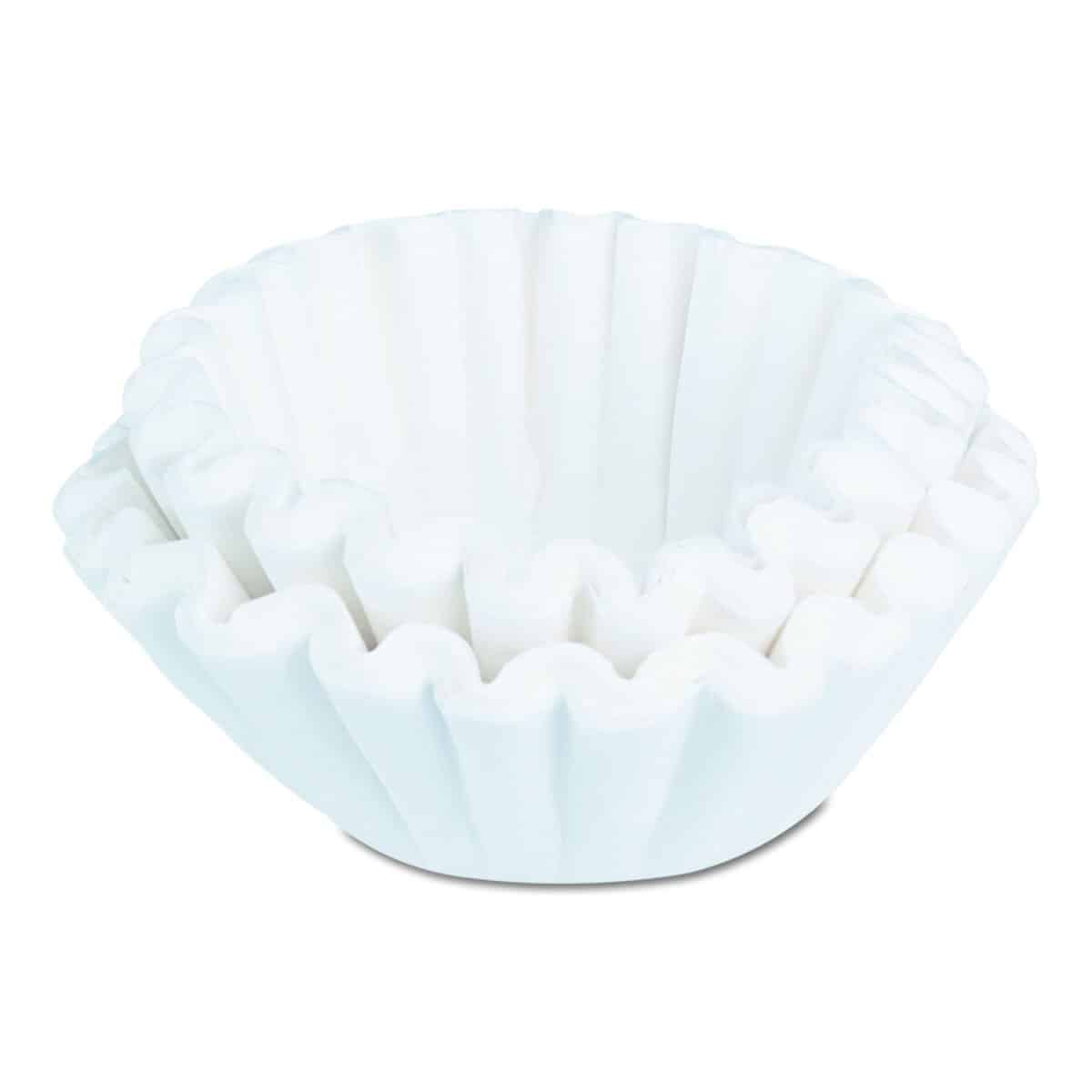
Coffee filters are made for straining the liquid from coffee beans, so they make an excellent substitute for cheesecloth.
Just like paper towels, coffee filters are not reusable and may wear out or cause spills if you are not careful.
You need to be patient with the straining process as it may take some time to separate the liquid from the fine particles. It’s a good idea to secure the coffee filter over a container and ladle whatever you are straining onto it.
If your coffee machine doesn’t use disposable coffee filters, you can easily pick them up at the grocery store for this purpose or you may be able to use the reusable coffee filter that is inside your machine. Just clean it carefully before putting it back in place.
11. Nut Milk Bag
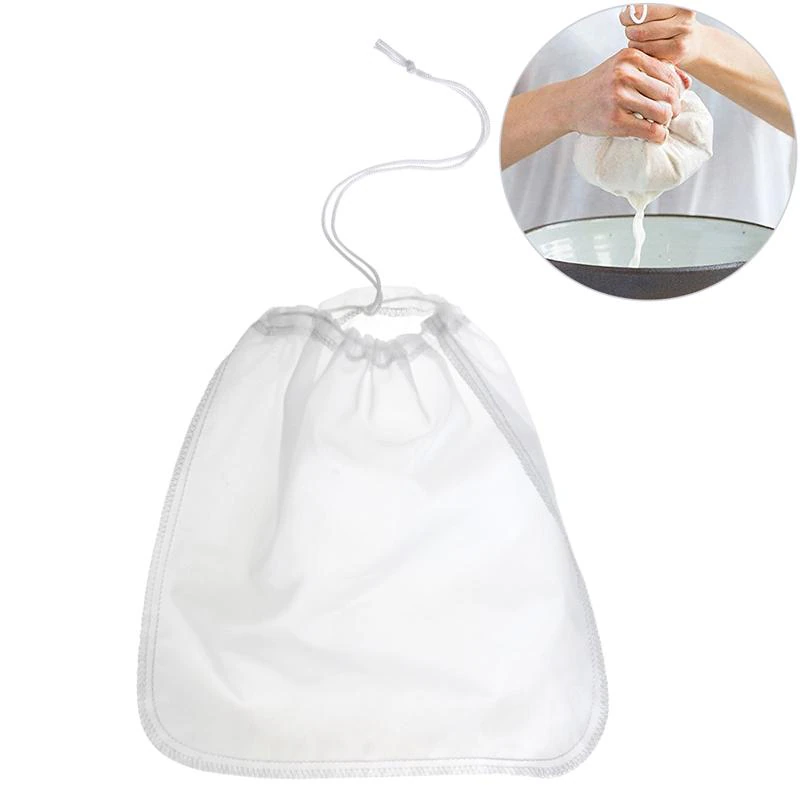
Nut milk bags are handy for extracting milky liquid from nuts, but they are also a flawless substitute for cheesecloth. They are made from a very similar material and close tightly with a drawstring.
Nut milk bags would be a convenient tool for yogurt, cheese, and custards.
12. Tea Infuser
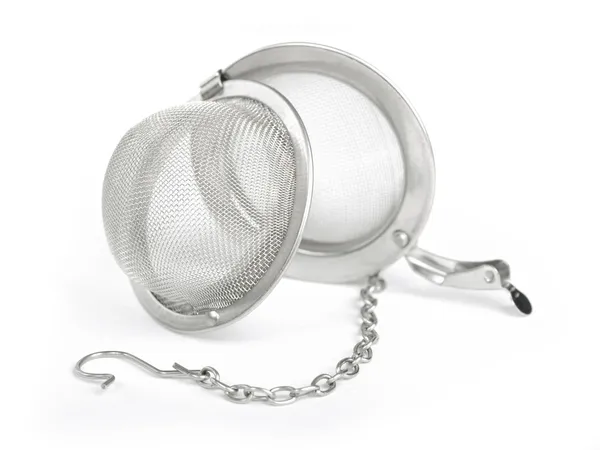
If you are a tea drinker you may already have this tool at home. Tea infusers are great for keeping loose tea leaves from entering your cup and would work the same way to keep herbs out of your soup or stew.
The trouble with using a tea infuser as a substitute for cheesecloth is it is very small and can really only be used for this one purpose. A tea infuser would obviously not work for making cheeses.
13. Cloth Diapers
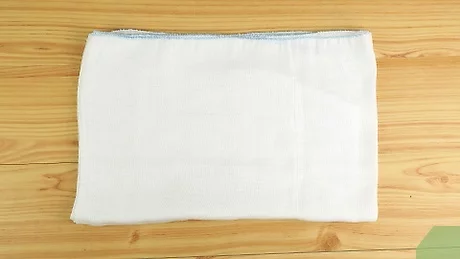
Many cloth diapers these days are made with breathable muslin fabric which, as explained earlier, is the best substitute for cheesecloth.
If you choose a cloth diaper, look for a flat cloth diaper insert to buy. You don’t want the exterior part of the diaper as those are usually made to prevent leaks.
Depending on your needs, you can choose one or a few of these options to try out in a pinch! If you try any of these substitutions, leave me a comment letting me know how it worked for you!



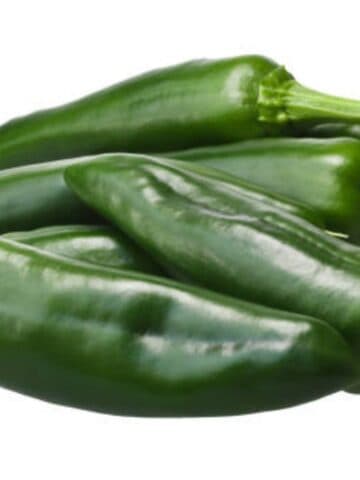
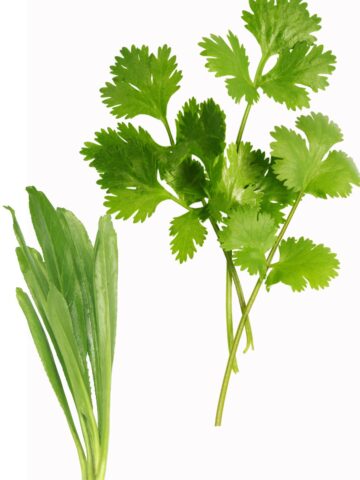
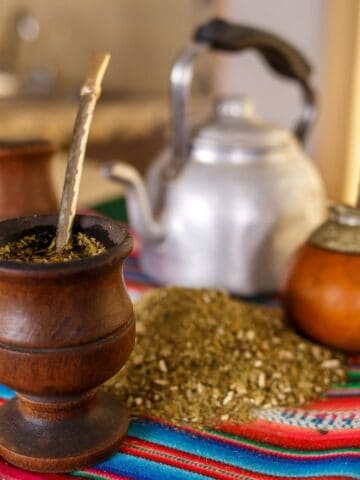
Leave a Reply